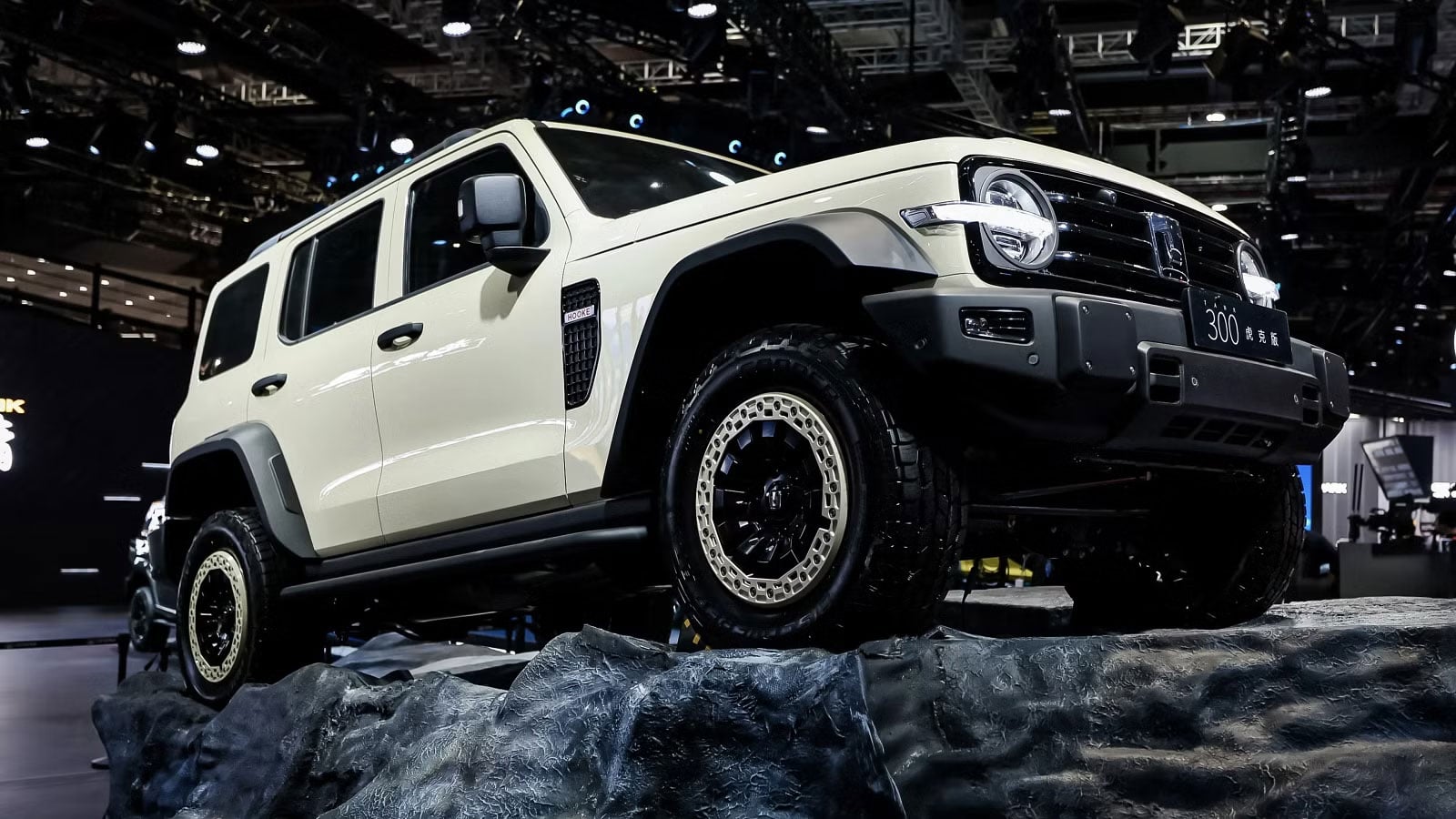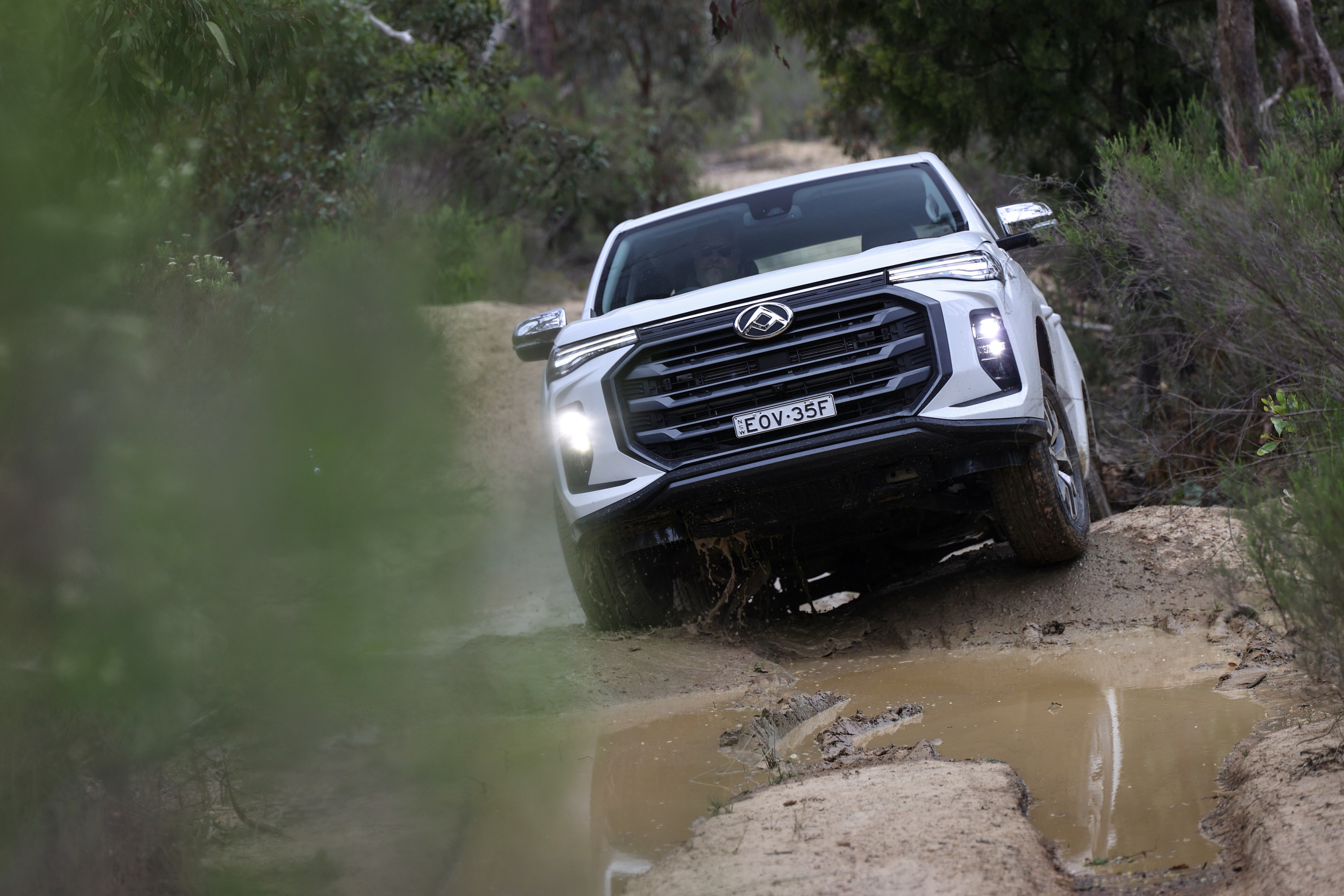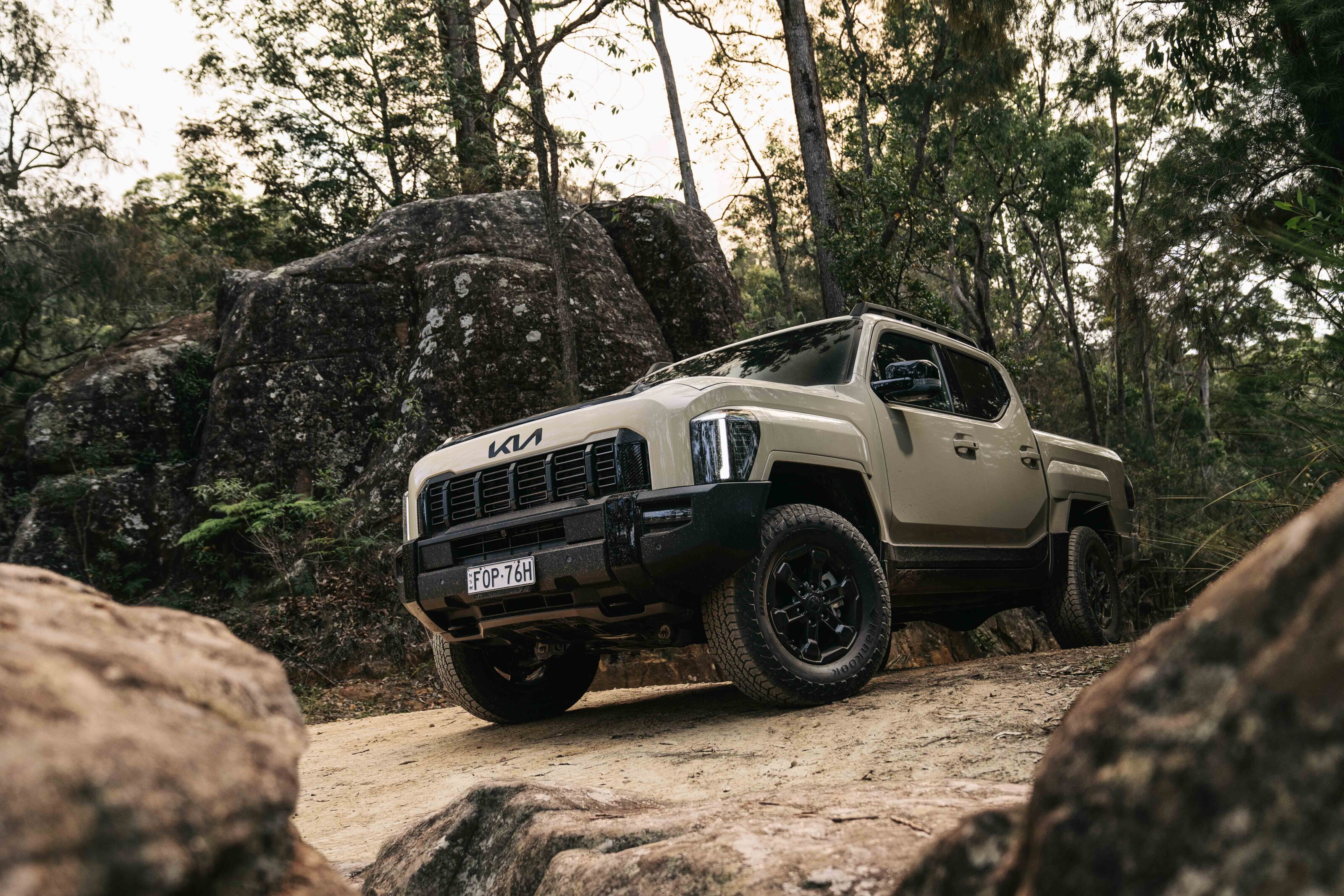LAND Rover is developing a more off-road-focused version of its just-revealed Discovery.
Expected to pick up the SVX badge, it will be created by the Special Vehicle Operations that also creates the go-fast SVR models for Land Rover and sister company Jaguar.
But rather than going faster, the Discovery SVX – based on the fifth-generation Discovery that boasts the most curvaceous design yet for the seven-seat SUV – will be primed to tackle more challenging terrain and remote locations.
Key to the changes will be smaller wheels and tyres. Speaking at the release of the new Discovery, chief engineer Alex Heslop told 4X4 Australia that the new car was being developed with 18-inch wheels; smaller than the wheels for mainstream Discoverys, which range from 19- to 22-inch.
“Clearly something we want to do is get smaller wheels underneath it,” said Heslop, who all but confirmed a Discovery SVX was in the wings by saying “watch this space”.
Heslop said the 18-inch wheels shod in all-terrain rubber would require a smaller brake package, something made possible with the arrival of the four-cylinder diesel engine (marketed as Ingenium), which combined with an aluminium intensive body has seen weight drop by up to 480kg.
For that reason, the Discovery SVX is likely to be powered by a four-cylinder; either the already announced 2.0-litre turbo-diesel or the identically sized turbocharged petrol model arriving in JLR models from 2017. It’s the diesel that is the most likely option.
Australia is one of the key markets for the Discovery SVX (the Middle East and South Africa have also helped sign off the business case), which is expected to compete with top-end Toyota Prados and Ford Everests, each of which has accomplished credentials in the Australian outback.
However, one area the Land Rover can’t compete with the Prado is with the fuel tank. With the spare wheel underslung it means a larger tank is problematic, leaving that solution to the aftermarket (expect some to offer brackets that relocate the tyre to the tail, allowing for a larger tank).
The Discovery is available with an 89-litre tank when fitted with the supercharged V6 engine that won’t be offered in Australia (the new Discovery is diesel only for Australia). That’s well up on the 77-litre tank fitted to the four-cylinder diesel models (the smaller tank allows for batteries for a future Discovery hybrid).
If Land Rover fitted that larger tank it would increase range from about 1230km (assuming the claimed average 6.0L/100km fuel use) to about 1430km. Assuming that fuel use will be unachievable – our guess is fuel use would be closer to 8.0 or 9.0L/100km – it would still allow more than 1000km from a tank, which is more than any Discovery to date.
Other tweaks possible for the SVX include a snorkel and roof basket. The Discovery SVX would also be a logical place to showcase the latest in autonomous off-road tech, something Heslop says will continue to roll out in future generations.
“With each model year we put a little bit more semi-autonomous [tech]… and we’re going to just take a little bit more control into the car and away from the driver. At the moment it’s very much about enabling a novice to do stuff that they couldn’t possibly imagine previously.”
He highlighted the All-Terrain Coach function, an integrated program designed to educate drivers how to get out of difficult situations.
SVO chief John Edwards previously told 4X4 Australia the company was looking at two options for its more off-road focused models. “We sometimes take inspiration from Camel Trophy and think about really hardcore expedition vehicles,” said Edwards earlier this year. However, he also hinted that SVO could blend performance with off-road capability.
“There’s another way of executing it which is to think about the kind of rally raid, if you like, where speed is more important. We’re exploring both of those dimensions.”





